| Amount Per 8 fl oz | |||
| Calories | 45 Kcal (188 kJ) | ||
| Calories from fat | 0 Kcal | ||
| % Daily Value* | |||
| Total Fat | 0g | 0% | |
|---|---|---|---|
| Sodium | 680mg | 28% | |
| Total Carbs | 10g | 3% | |
| Sugars | 7g | 28% | |
| Dietary Fiber | 2g | 8% | |
| Protein | 1g | 2% | |
| Vitamin C | 72mg | 120% | |
| Vitamin A | 4mg | 133% | |
| Iron | 1.8mg | 10% | |
| Calcium | 20mg | 2% | |
* Percent Daily Values are based on a 2000 calorie diet. Your daily values may be higher or lower depending on your calorie needs.
Find out how many calories should you eat.
Ingredients And Nutrition Overview
Best
choice Good
choice Poor
choice Avoid
it!
choice Good
choice Poor
choice Avoid
it!
-
WeightWatchers Points: 0.5, PointsPlus: 1, SmartPoints: 2
WeightWatchers Points are estimated by carbohydrates, fats, protein and fiber in product. They are not an affirmation of better quality or nutritional value of the product or its manufacturer. Only way to count for dieters. Less points are better.
Read more at Weight watchers diet review -
For dieters: FoodPoints value is 0
* FoodPoints are calculated by Fooducate based on fats, carbs, fiber, and protein. They are not an endorsement or approval of the product or its manufacturer. The fewer points - the better.
-
Naturally high in Vitamin A
The vitamin A in this product comes from real food, not as a fortified ingredient. This is important because it means you are getting hundreds of additional nutrients from the real food.
-
Frozen veggies - healthier than fresh?
Generally speaking, frozen veggies have the same amount of nutrients as fresh veggies, and sometimes they have even MORE. This is because frozen veggies are picked at their peak. They are then immediately blanched and frozen. Thus most of their vitamins and minerals are well preserved. In contrast, fresh veggies may have already been sitting on the supermarket shelf for a while before going onto your plate. They also may not have been picked when ripe. In any case: fresh or frozen, eat veggies to your heart's content. They are filled with vitamins, minerals and nutrients. Any veggie that makes it onto your plate is a good veggie!
-
Organic? No need for the "Clean 15"
If you plan on shelling out extra $$$ for organic produce, save your cash when it comes to these fruits and vegetables. They either don't get sprayed too much, or don't retain substantial pesticide residue when you eat them. Here's the list: Asparagus, Avocados, Bananas, Broccoli, Cabbage, Cauliflower, Corn, Eggplant, Garlic, Kiwi, Mangoes, Onions, Papaya, Pineapple, Peas, Sweet Potatoes, Tomatoes, Watermelon
-
Low sodium veggies? Yes you can!
Are you on a low sodium diet or just avoiding sodium? Here are some tips for low-sodium veggies. - Buy fresh or frozen veggies. - If buying canned veggies - rinse them to get some salt off. - Avoid pre-sauced frozen vegetables - Season with salt-free herbs and spices - Try a dash of hot sauce instead of salt - When eating out, pass on sodium-heavy veggie dishes like green bean casserole, collard greens with ham, or creamed corn - Watch out for veggies + dip. Sometimes the dip is heavily salted
-
Calcium chloride and waste reduction...
Calcium chloride is thought of as OK for your health, though some advise that it could cause slight stomach irritation. When used as an additive in products like jellies or cheeses, it causes the food to firm up. When used in tomato-based products it prevents disintegration. It also adds a tiny bit of saltiness without adding sodium. This additive is a by-product of The Solvay process. In this process, carbon dioxide is mixed with table salt and ammonia to create soda ash (or potash) and other products, like baking soda. One of the problems is that this process produces waste - a lot of waste. As a result of this and other technological advances, the last Solvay plant in the US closed in 1986. But the process continues in other parts of the world. While more and more calcium chloride is removed from the waste in settling ponds or dumped directly into the sea, the issue of what to do with this by-product is still relevant. By using calcium chloride as a food additive, manufacturers are actually reducing the amount of waste that is put back into the environment. Whether this is a "reuse" effort you want to be a part of is up to you . . .
You Might Also Like
% RDI of Main Nutrition Facts
2%
of RDI* (45 calories) 237 g
-
Cal: 2.3 %
-
Fat: 0 %
-
Carb: 3.3 %
-
Prot: 2 %
-
0%25%75%RDI norm*
Calories Breakdown
- Carbs (90.9%)
- Protein (9.1%)
Get Your Recipe of Health!
Follow RecipeOfHealth on Facebook!


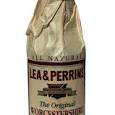
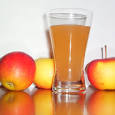
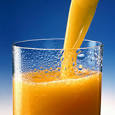



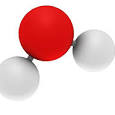
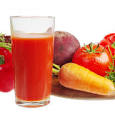
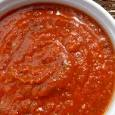
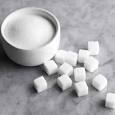
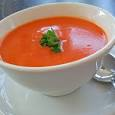
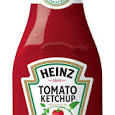
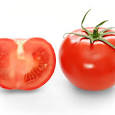

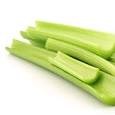

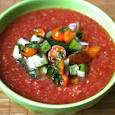
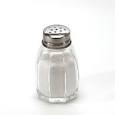
















Add your comment